Why British designers dream up the most desirable hotels
When it comes to hotel design, the Brits do it best, says Giles Kime.
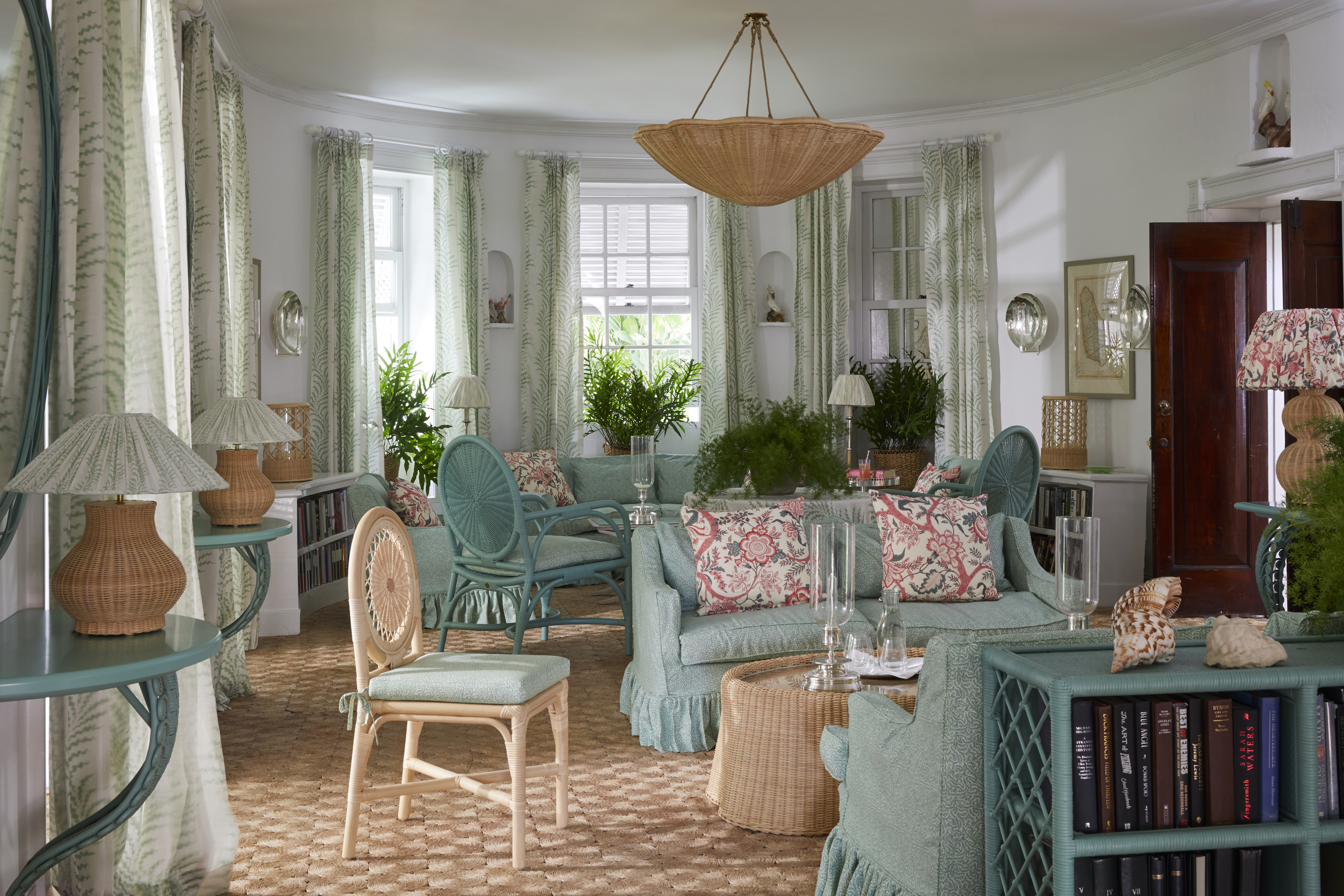

For the first time, Country Life's most recent list of Britain’s top interior designers, garden designers and architects included two new arrivals who had made their names in hotels: Kit Kemp of Firmdale Hotels and James Thurstan Waterworth, who cut his teeth at Soho House. Much of the success of Kemp’s hotels (eight in London, three in New York in the US) is that their interiors elevate you into a parallel universe of pattern, colour and distinctive design the moment you cross the threshold. When it launched in 1995, the appeal of Soho House was that it made you feel as if you had been invited to the home of someone far, far cooler than you.
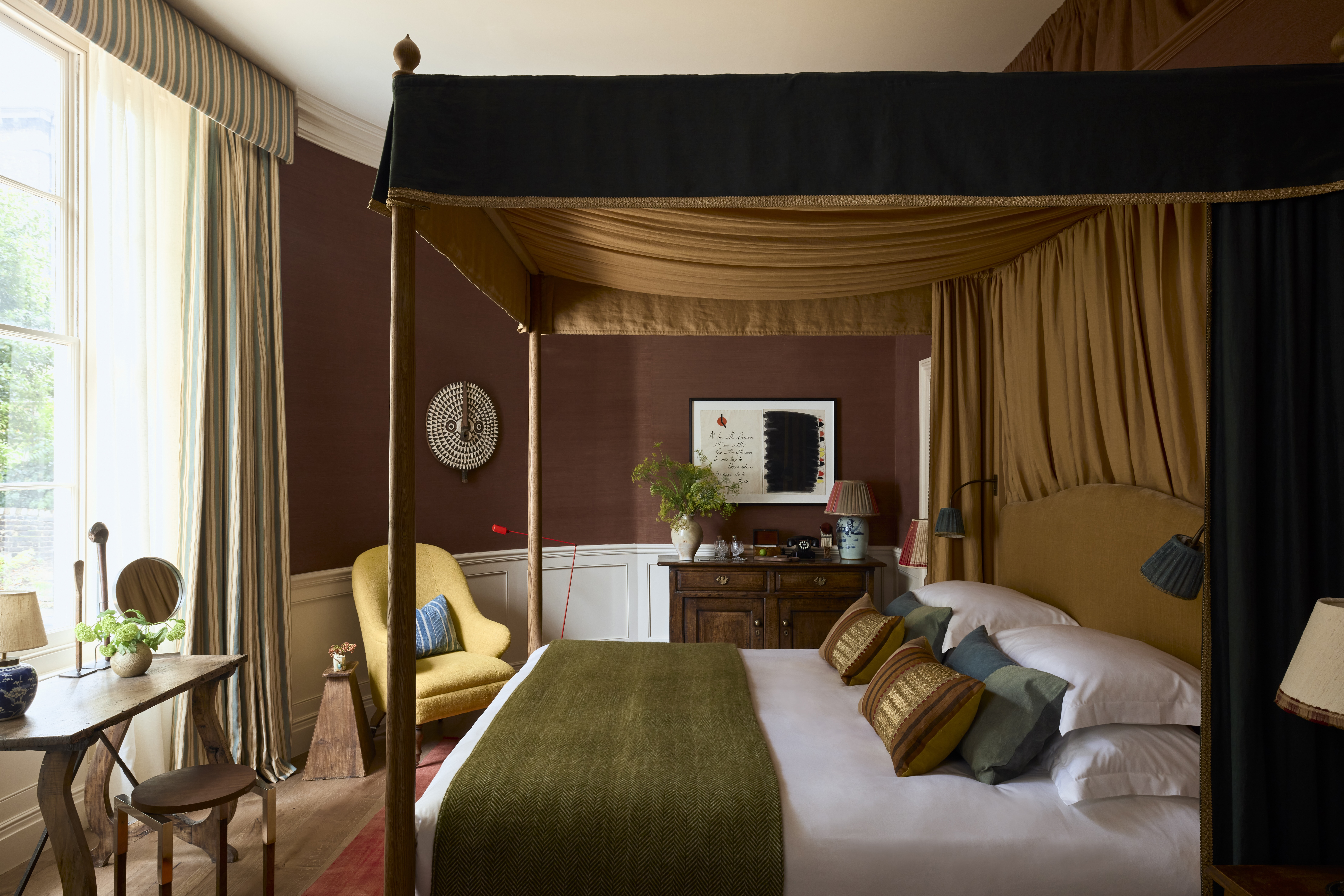
James Thurstan Waterworth is behind the interiors at The Zetter Bloomsbury which opens later this year, behind the British Museum.
Britain has good form when it comes to turning out hotel designers. Michael Inchbald knew exactly how to prick the pomposity of Classicism and warm up the cool hand of Modernism, whether working his magic at Claridge’s, The Savoy, The Berkeley or his pièce de résistance, the First Class Saloon of the QE2. Soon afterwards, Anouska Hempel — a New Zealander by birth who arrived in Britain in 1962 — not only invented the concept of the boutique hotel, but also imbued Blakes in South Kensington, London SW7, with a heady eclecticism that has had a transformative influence on generations of designers.
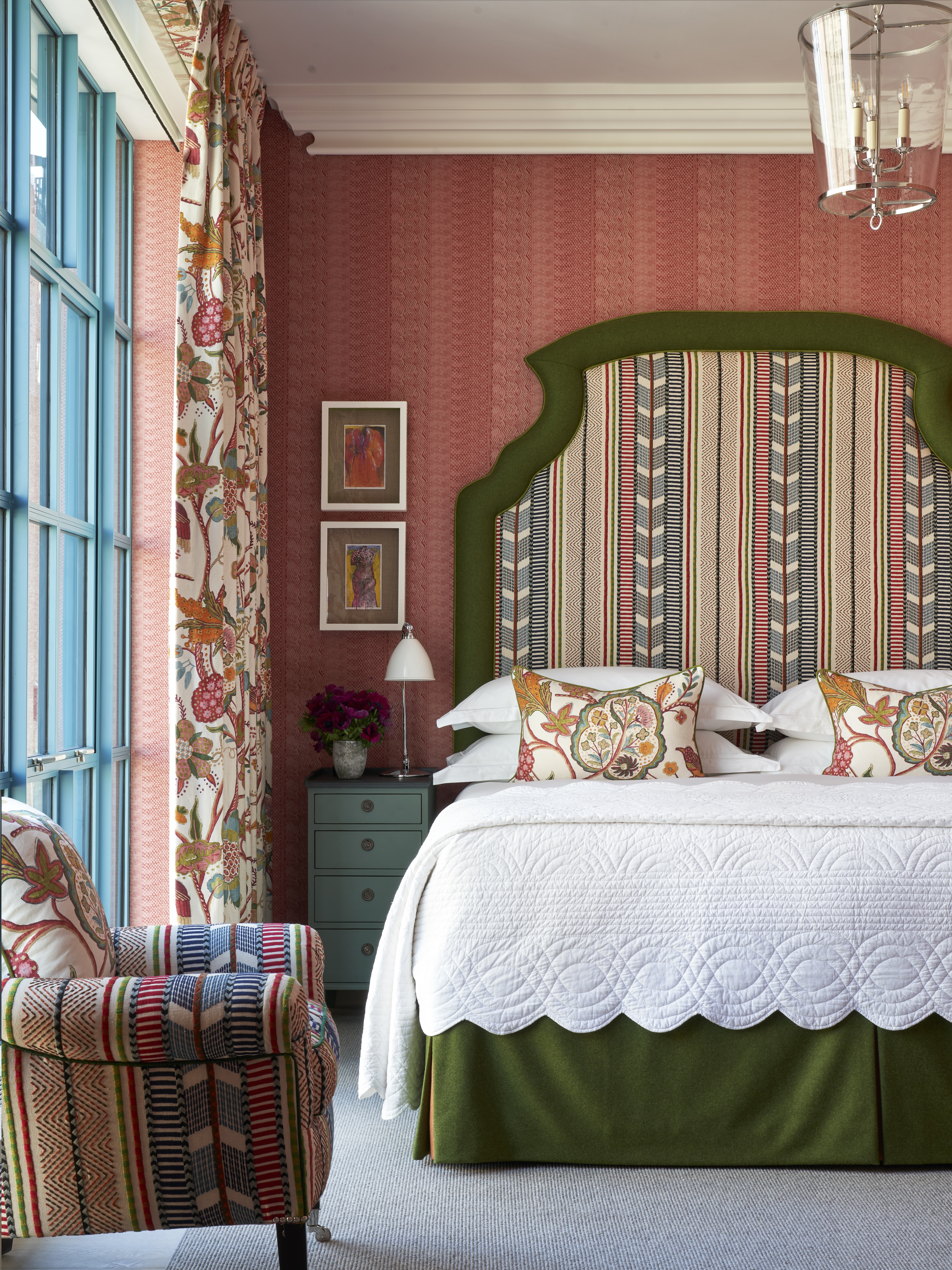
Kit Kemp's signature colour and pattern helped bring the Warren Street Hotel in New York's Tribeca hotel to life.
Kemp is not the only British designer to work her magic overseas. Sam Godsal, whose late father-in-law founded Cobblers Cove in Barbados in the 1960s, has spent the past decade gently coaxing the hotel into the 21st century. She worked with Lulu Lytle of Soane Britain to dream up an unlikely, but delicious cocktail of English elegance and tropical exuberance, large-scale florals and paintings by Caribbean artists, including the Trinidadian polymath Boscoe Holder. Existing furniture has been given a nip and a tuck, local artisans commissioned and a jaunty pink-and-white stripe creates a festive feel by the pool.
The burning question is why British designers have a unique ability to cast a spell over a hotel. The answer would seem to lie in their understanding that luxury and distinctive, uplifting and sometimes quirky style needn’t be mutually exclusive.
Exquisite houses, the beauty of Nature, and how to get the most from your life, straight to your inbox.
-
 The golden eagle: One of the Great British public's favourite birds of prey — but devilishly tricky to identify
The golden eagle: One of the Great British public's favourite birds of prey — but devilishly tricky to identifyWe are often so keen to encounter this animal that ambition overrides the accuracy of our observations, writes Mark Cocker.
-
 When was the first ever Glastonbury festival? Country Life Quiz of the Day, June 26, 2025
When was the first ever Glastonbury festival? Country Life Quiz of the Day, June 26, 2025Thursday's quiz looks at a landmark date at Worthy Farm.
-
 The extraordinary Exe Estuary, by the Earl whose family have lived here for 700 years
The extraordinary Exe Estuary, by the Earl whose family have lived here for 700 yearsCharles Courtenay, the 19th Earl of Devon, shares his own personal piece of heaven: the Exe Estuary in Devon.
-
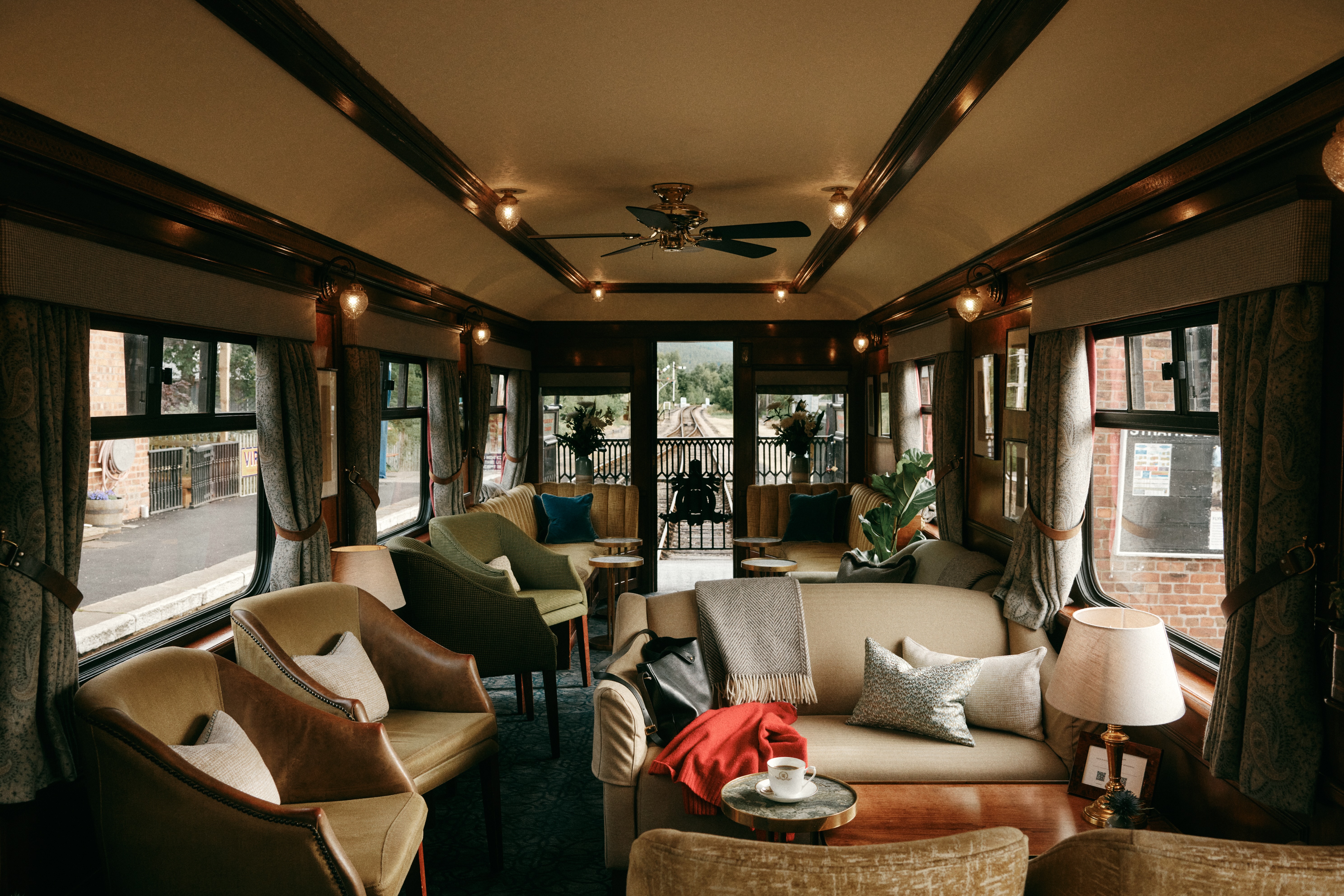 ‘So old-fashioned, it’s new-fashioned’: Riding the rails on the Belmond Royal Scotsman
‘So old-fashioned, it’s new-fashioned’: Riding the rails on the Belmond Royal ScotsmanWhat goes around, comes around, says Steven King of a trip through Scotland to celebrate 40 years of the Royal Scotsman, A Belmond Train.
-
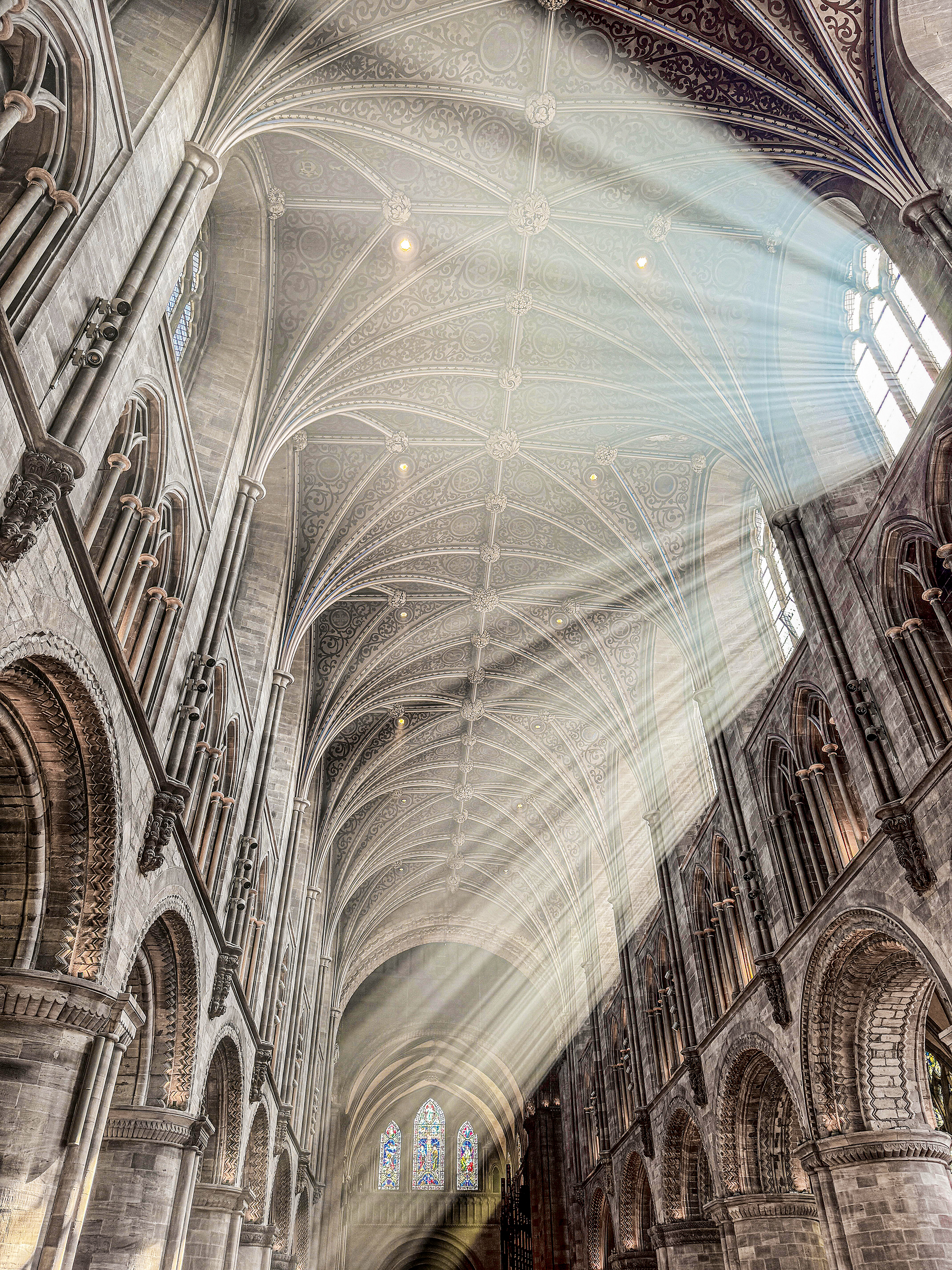 Quentin Letts: Heaven in Herefordshire
Quentin Letts: Heaven in HerefordshireQuentin Letts is best known as a merciless sketch writer and critic — but when he's back home at Herefordshire he embraces a very different life.
-
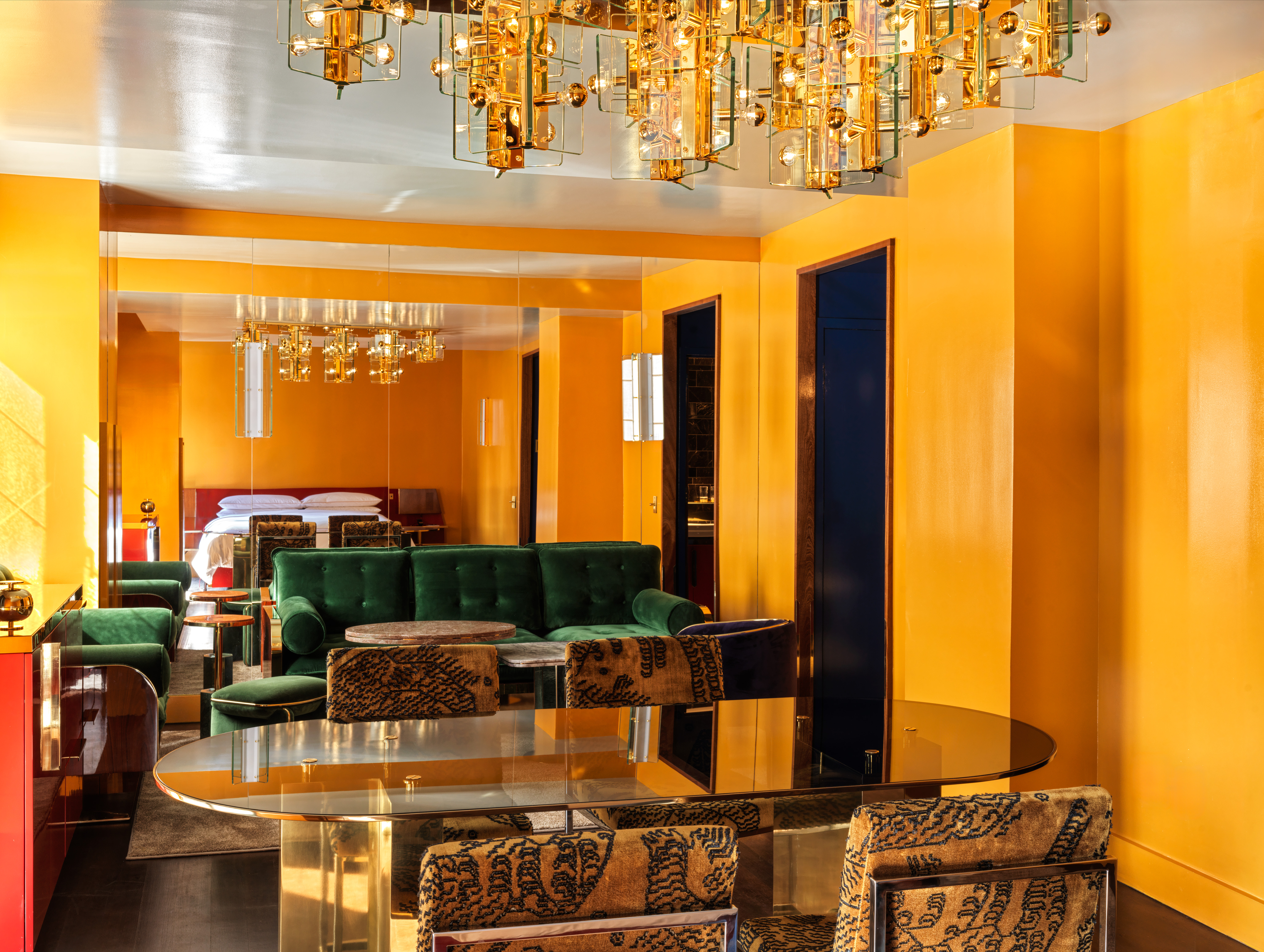 The Manner review: This New York hotel is bringing the 1970s back to SoHo, one colour at a time
The Manner review: This New York hotel is bringing the 1970s back to SoHo, one colour at a timeThe Manner, on one of SoHo's quieter, tree-lined streets, is proof that great hotel design can make or break a holiday.
-
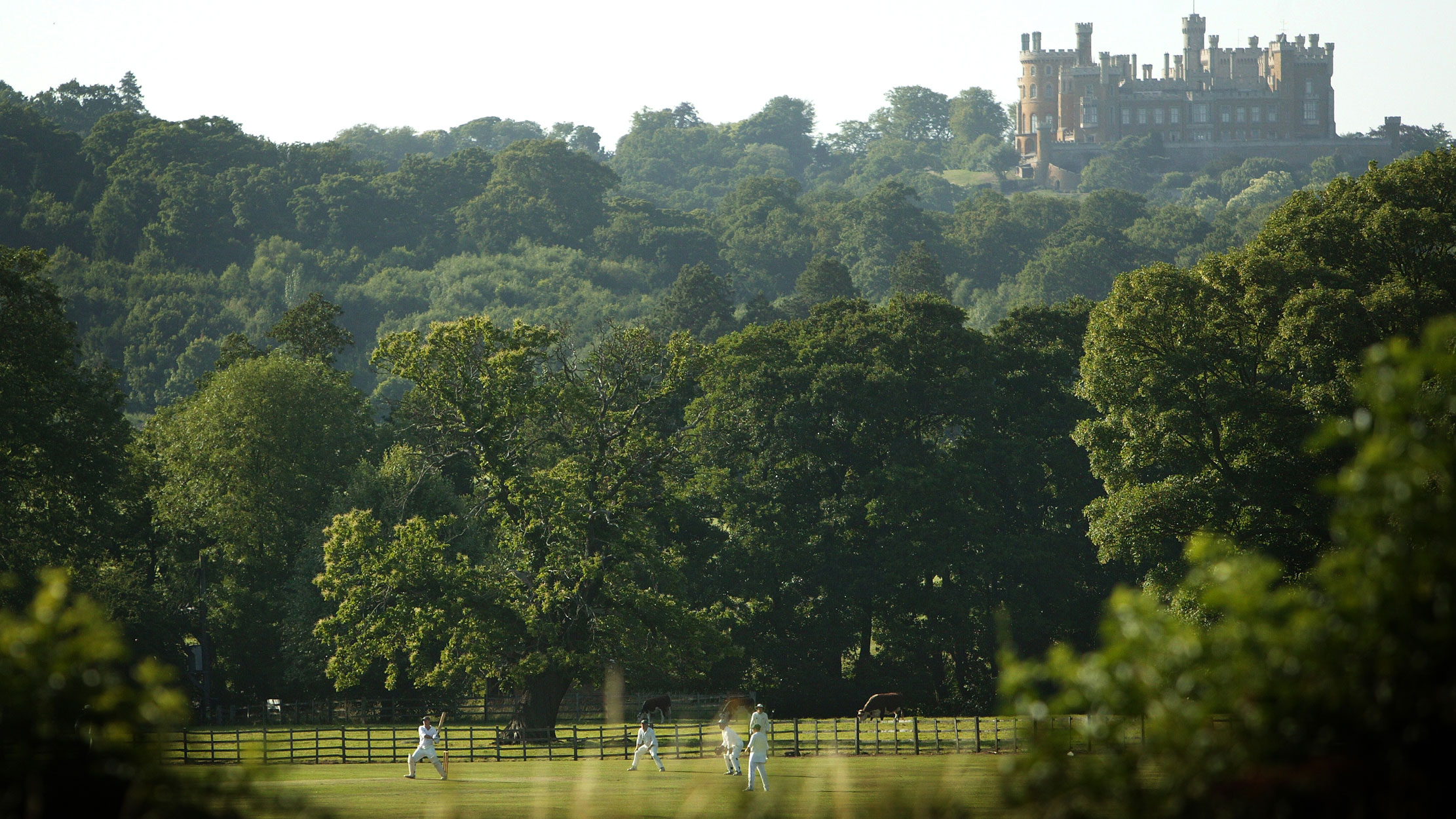 My piece of heaven: The Vale of Belvoir by Lady Violet Manners
My piece of heaven: The Vale of Belvoir by Lady Violet MannersLady Violet Manners, who grew up in Belvoir Castle, shares her love of the area around her ancestral home.
-
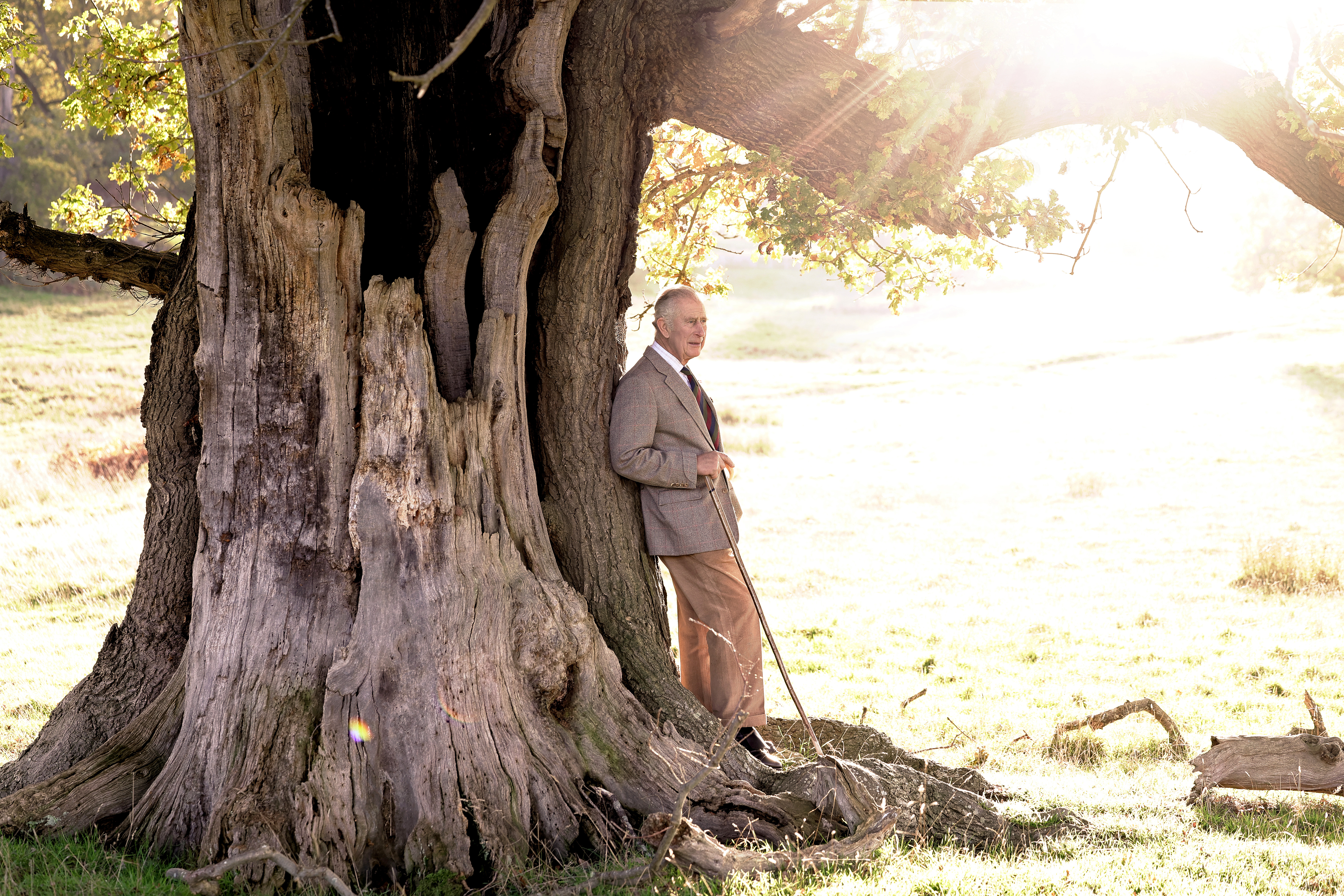 At His Majesty’s pleasure: A woodland retreat for rent at Sandringham
At His Majesty’s pleasure: A woodland retreat for rent at SandringhamWith room for six guests, and with 20,000 acres on the doorstep, it would be folly to not get booking.
-
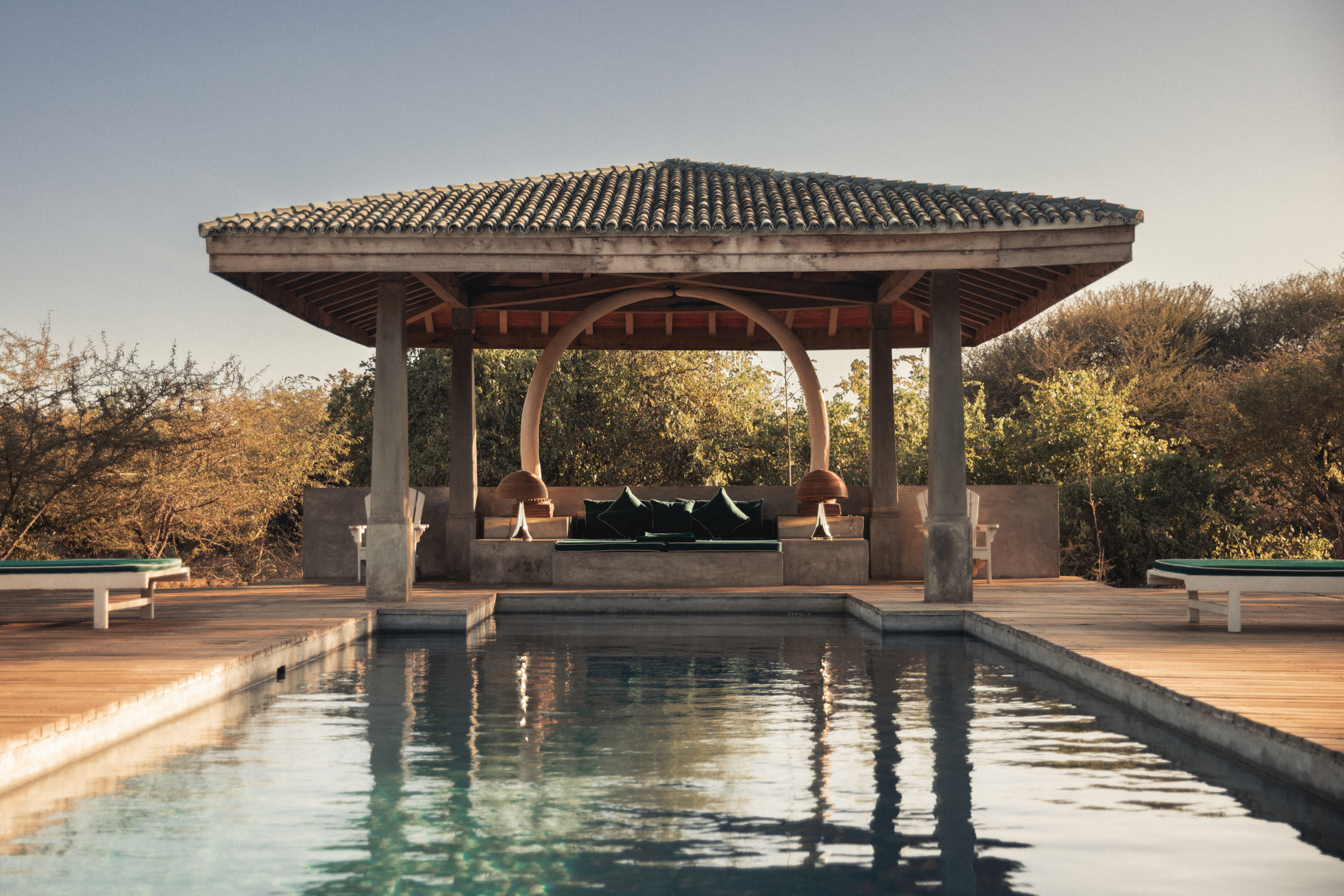 The East African holiday hotspot that should be top of your travel wishlist — and where to stay
The East African holiday hotspot that should be top of your travel wishlist — and where to stayThere's more to Kenya than just safari.
-
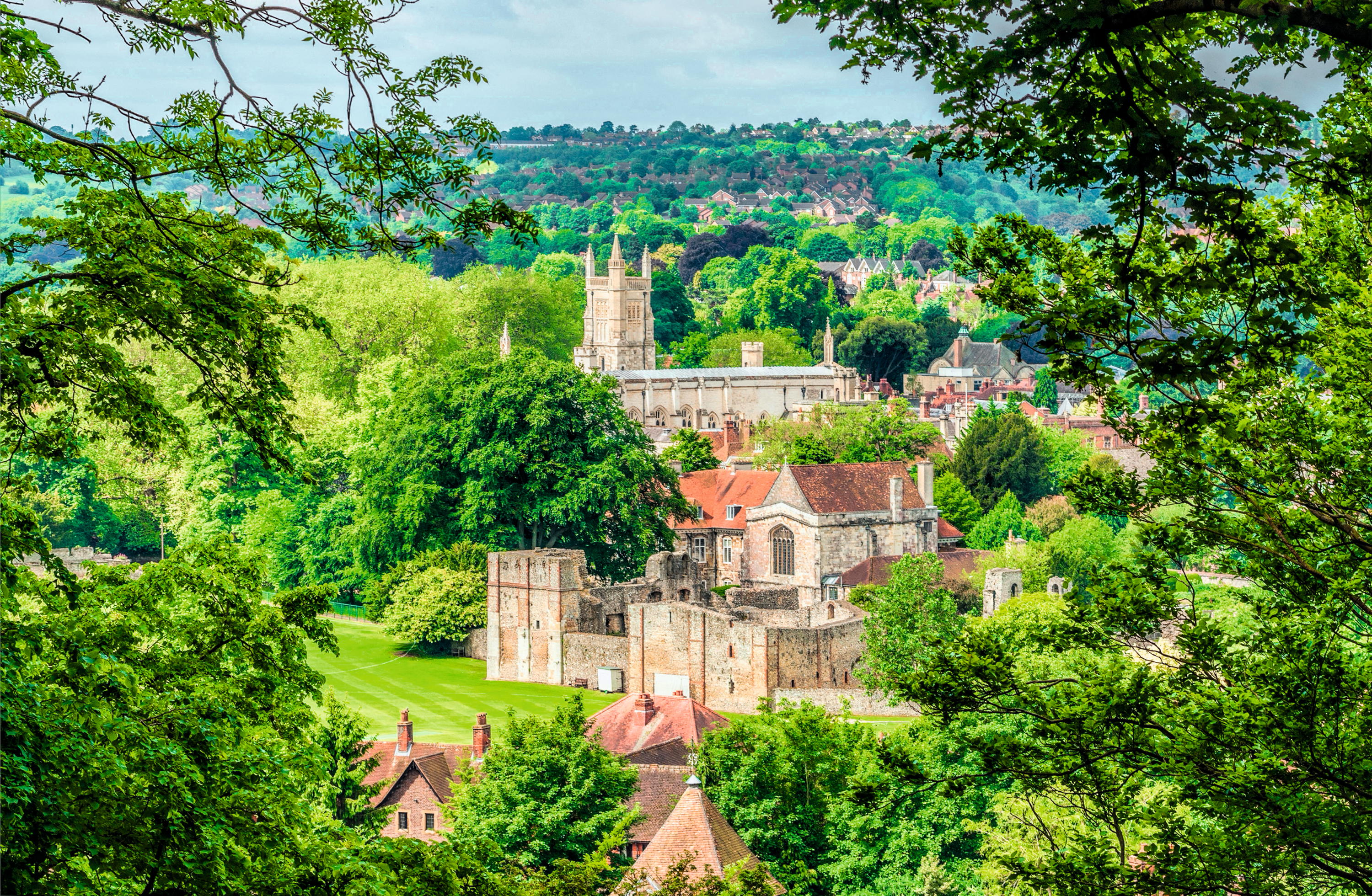 Winchester: The ancient city of kings and saints that's one of 21st century Britain's happiest places to live
Winchester: The ancient city of kings and saints that's one of 21st century Britain's happiest places to liveKings, cobbles, secrets, superstition and literary fire power–Winchester has had it all in spades for centuries and is as desirable now as it ever was, says Jason Goodwin.
